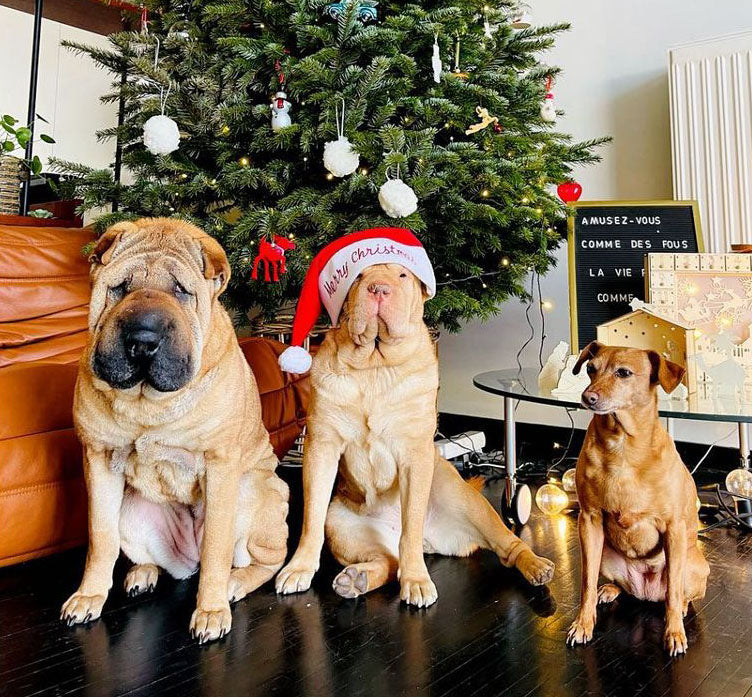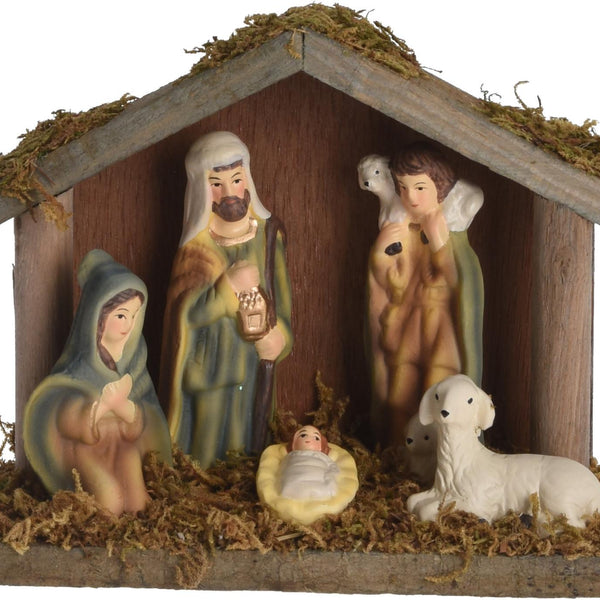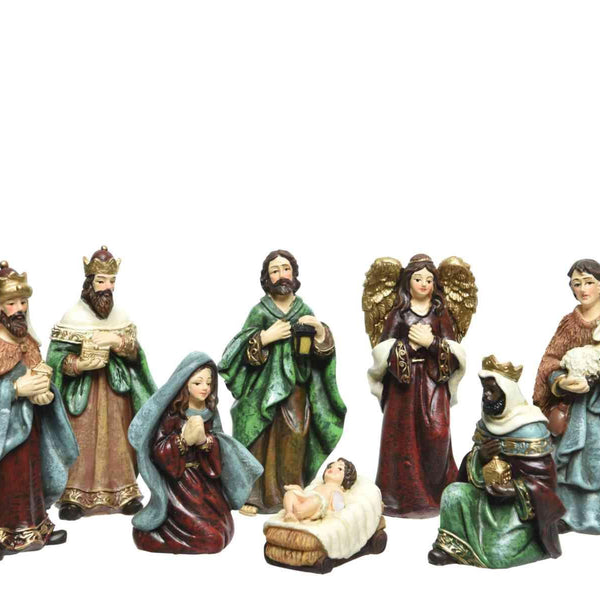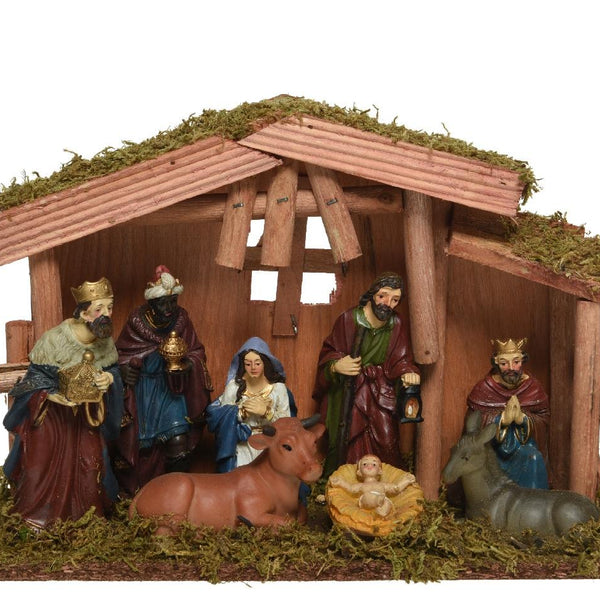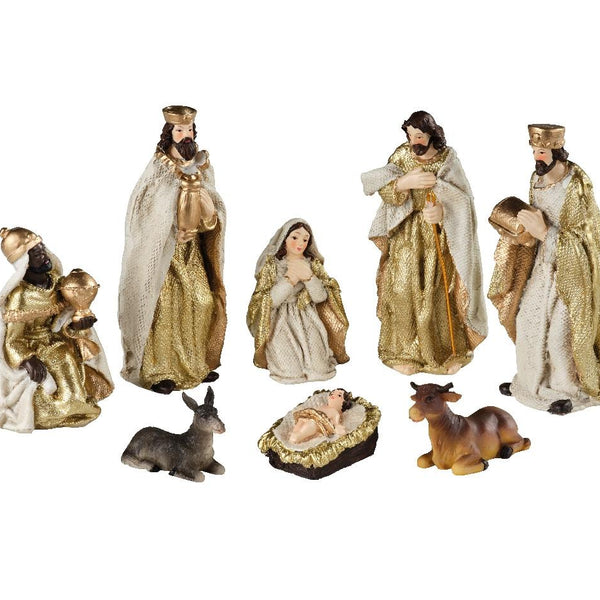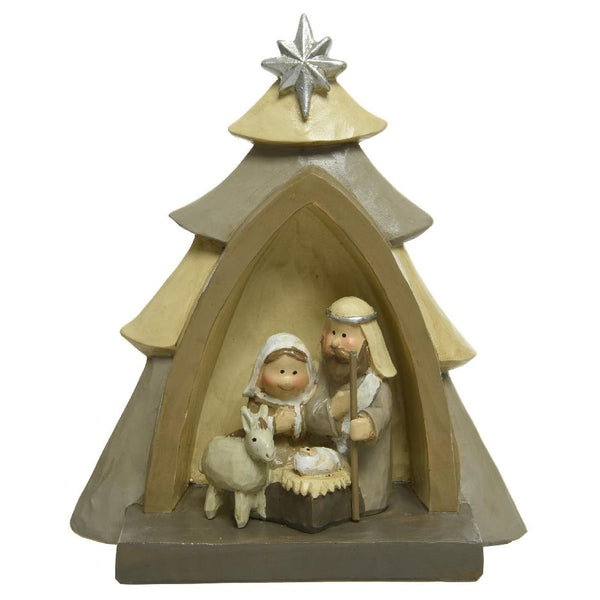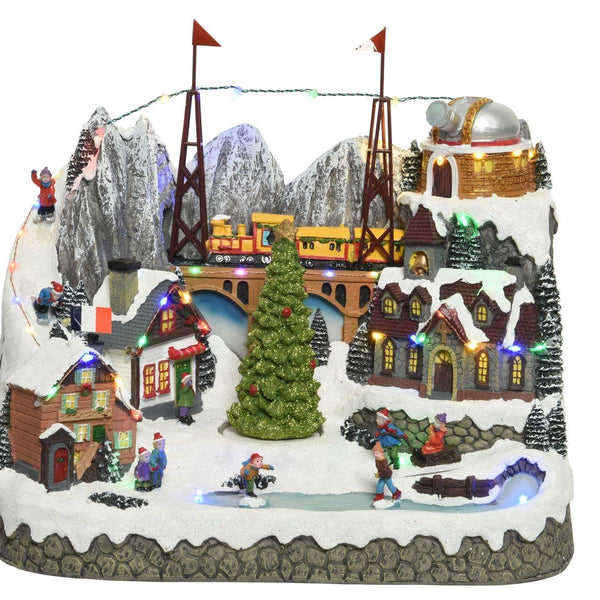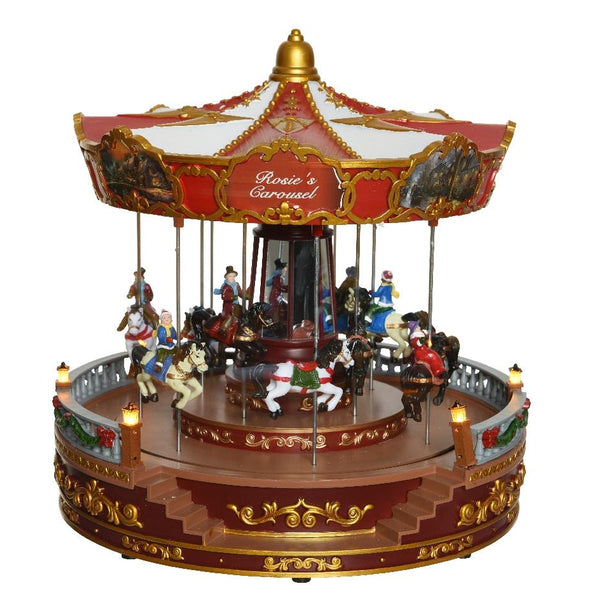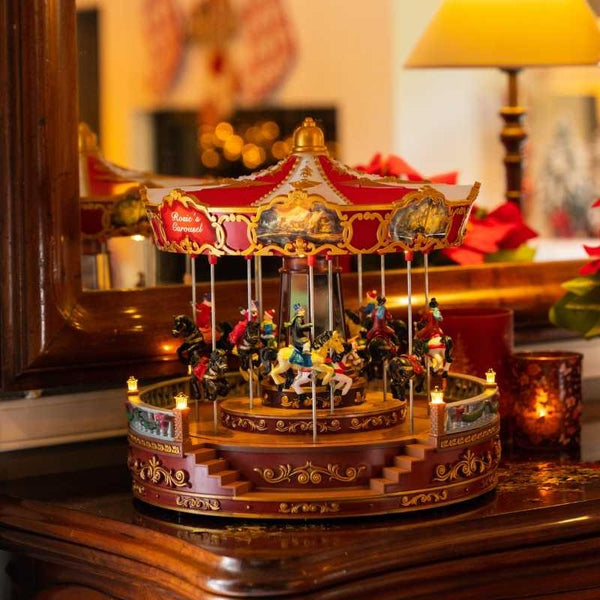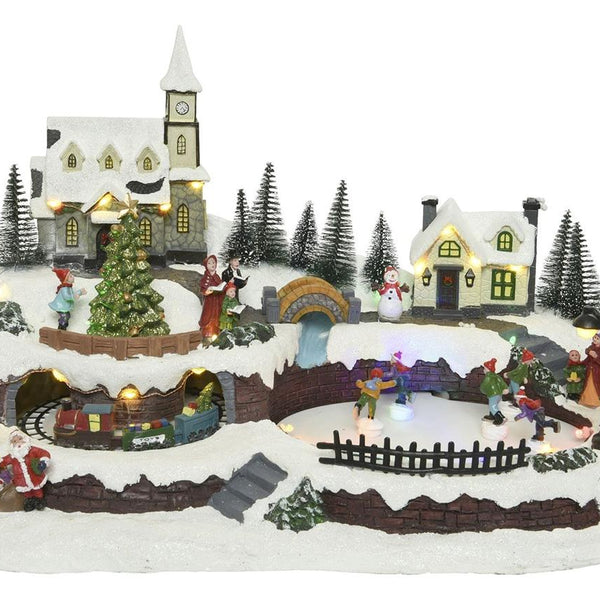Christmas is always a festive time when all generations let their imaginations run wild. Garlands, bells, candles, baubles, and Christmas wreaths are all ready to let people know that Christmas is coming. But the centerpiece that kicks off the festivities is the Christmas tree. Should you choose a natural or artificial one? How do you choose for a successful Christmas?
The natural tree: the tradition continues at Christmas
Its popularity among families and those who love to celebrate Christmas is undeniable. The natural fir tree captivates with its pine scent. It's the shrub that children and adults alike delight in decorating and illuminating their homes. The trunk of this fir tree is made of solid, natural wood.
But the natural tree has a very limited lifespan. Each holiday season, this conifer must be renewed (cut down a natural tree). On the other hand, a potted natural tree can be used to celebrate another Christmas if it is quickly replanted and well maintained.
The natural fir tree, with its conical shape, is not easy to transport, especially if it is quite large and majestic. Its weight and thorny branches are what actually make it bulky and prevent it from being moved. In addition, the needles quickly lose their freshness if they are not protected. However, when you buy your natural fir tree, a net and a fir bag (to be placed at the foot of the tree) allow it to be wrapped and transported to its destination.
Buying a real fir tree can prove cost-effective over time. It typically costs between €50 and €100 to have a spruce delivered. For a Nordmann or Nobilis fir, the price is higher. Expect to pay from €60 to €250 for larger shrubs.
The species of natural fir
All natural Christmas trees are grown for use during the holiday season. Depending on the species, you may choose one tree over another.
Picea Albies
The spruce is the tree everyone knows. Its conical, bushy crown easily sets it apart from other species. Given the fragility of its short, thick needles, opt for a potted spruce. If cut, it risks withering and being in poor condition on the day of the celebration.
The Nordmann fir
Abies nordmanniana, or northern fir, highlights its dark green color. It's a plant best suited for cutting. Even when dried, its needles remain intact and firmly attached to the branches for over a month. The Nordmann fir gives off a pleasant aroma that prepares the spirits for celebration.
Abies nobilis
This shrub originates from the United States. It is particularly long and has very thick branches. The green and blue Abies nobilis is a perfect choice because it does not deteriorate in the heat. This fir is increasingly cultivated in nurseries and specialized gardens.
Is an artificial tree a good choice for Christmas?
Artificial trees are often sold in small, easy-to-assemble pieces. They're more practical for apartment-dwelling households given their weight. To celebrate Christmas every year with an artificial Christmas tree, simply remove it from its storage bag. Indeed, it's easy to maintain an artificial tree and even keep it for years. This synthetic conifer doesn't suffer from temperature fluctuations and doesn't lose its freshness in the heat. Its different colors or the integration of multi-colored LED bulbs at the tips of its branches are an advantage and save money spent on decorations.
However, the artificial tree lacks that intoxicating scent typical of Christmas trees. Without the scent of a Christmas tree, the magic of Christmas isn't fully felt. It's also a tree that requires much more care, as it's made primarily of plastic and aluminum. The latter can rust if not properly maintained. So, at the end of each Christmas season, take the time to clean and dust it before storing it away.
Cost is also an important factor to consider before choosing an artificial Christmas tree. In reality, the price of this tree in stores or supermarkets can be expensive. This price obviously varies and depends on the quality of the tree's stems or branches. You should pay around €10 for a mini decorative tree. Similarly, if you want a larger artificial tree (120-160 centimeters), you can pay a price ranging from €70 to €400. However, remember that once you purchase this tree and maintain it properly, the benefits of this investment will spread over several years.
The snow-covered artificial tree: how to achieve this result?
Although the synthetic tree is artificial, it still attracts attention when covered in snow. These are, in fact, products used to create the snow effect. Among the most attractive snow-covered trees are flocking, flocked pine trees, and frosted trees.
Flocking
Flocking can be either fire-retardant or water-repellent. It is fire-retardant when the tree it is to cover is inside a room. Its advantage is its high heat resistance. Furthermore, being a fire-retardant product, it makes the white tree difficult to ignite. As for water-repellent flocking, it is useful for outdoor use, as it is more resistant to rain and humidity.
To take advantage of this process, ask your seller for an overview of the conditions of use and the type of flocking suitable for your situation.
Flocked pines
Generally, flocked trees are white, but it is possible to vary the colors. They are silky and soft to the touch thanks to the mixture of cotton and glue (flocking) applied to the tree. Pine trees, despite being flocked, are very resistant and maintain their needles under the cloud of fake snow.
The Frosted Tree
Icing is a snow-covering technique that gives a lighter effect than flocking. With icing, the conifer looks like a real Christmas tree covered in snow and ice. The effect is very realistic and natural. It creates an artificial environment. However, it is rare to find it in stores, but you can create it with an artificial snow spray. Before using the homemade product and icing the tree, be sure to cover the ground nearby.
A natural or artificial tree: which is less harmful to the environment?
When choosing a Christmas tree, the balance often tips in favor of the most eco-friendly tree. Indeed, millions of households are now seeking to protect the environment through their purchasing habits and behaviors. It's an issue that leaves no one indifferent. Therefore, for Christmas, we must also be eco-friendly.
The fir tree is often perceived as the tree with the least negative impact on the environment, as studies suggest it prevents deforestation. Unfortunately, this is not the case. Most natural fir trees come from specialist nurseries. Year after year, gardeners plant new saplings to compensate for the losses.
On the other hand, artificial trees are made of plastic and aluminum. The waste and garbage these components generate have serious environmental consequences. Not to mention flocked trees, which are non-recyclable and cannot be reused for other purposes.
